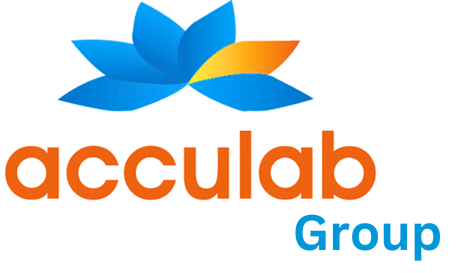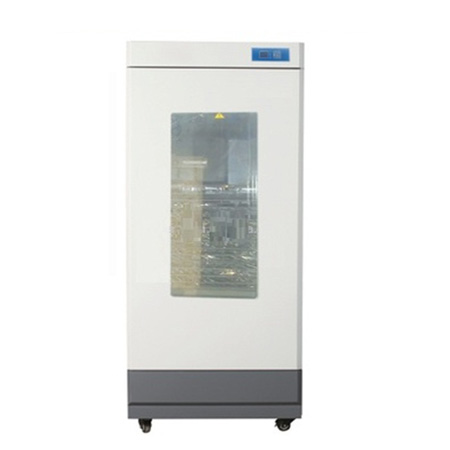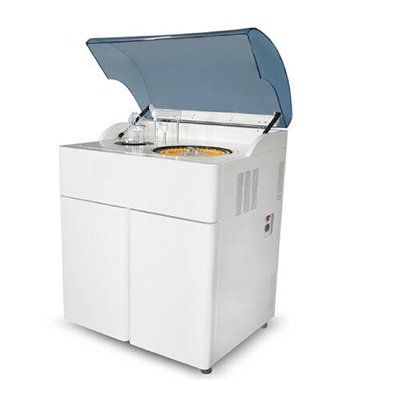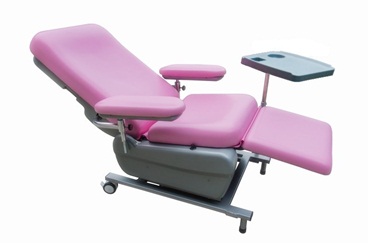Description
PDX-1000 Blood purification system is currently a support system that can complete a variety of blood purification programs in clinical practice. It is mainly applicable to various comprehensive and specialized hospitals, professional scientific research institutions, blood purification centers, and emergency centers. Through the use of different consumables, it can specifically and non-specifically remove various toxins from the body, remove excess water from the body, remove metabolic waste from the body, correct water and electrolyte disturbances, ensure nutritional support, promote recovery of renal function, and remove various cytokines. Inflammatory mediators; effective resolution of hepatocellular necrosis, liver failure caused by hyperbilirubinemia, endotoxemia, accumulation of toxic substances, amino acid metabolism disorders, albumin and coagulation factor reduction, viremia, etc.; Correcting water-electrolyte disorders of hepatorenal syndrome; partially replacing liver function, improving symptoms, helping patients to survive the dangerous period, and gaining valuable time for further clinical treatment; proved to be better for severe hepatitis caused by various causes after clinical use for many years Efficacy.
Scope of application: Used in conjunction with disposable filters and blood lines, clinically used for plasma exchange therapy, plasma adsorption therapy, protein adsorption recirculation therapy, hemofiltration treatment, and blood perfusion therapy.
Perfect system function Design
multiple treatment functions: Professional design of four peristaltic pumps and three weighing scales to enable the system to independently perform plasma exchange, plasma adsorption, protein adsorption recirculation (PARS), hemofiltration, hemoperfusion And other blood purification programs.
Better compatibility: The distance between the roller and the pump wall in the peristaltic pump can be precisely adjusted, supporting the use of tubing systems with different diameters ( Ф 6mm or Ф 8mm). Consumables are open and compatibility is good. Filters and pipes from multiple manufacturers can be selected. Intelligent operation:
- All color LCD touch screen, each therapy provides pipe pre-stroke and treatment schematic, easy to operate.
- Detailed data such as pump flow rate, dynamic pressure monitoring, weighing status, alarm status, treatment time, temperature, etc. can be displayed.
- With automatic pre-shooting function, forecast all liquid bag margin and bag replacement time, liquid bag full or empty alarm, minimizing the operator’s workload.
- The manual method can be used to set the treatment according to clinical needs, and the parameters can be flexibly set.
- Precise flow control: Three electronic scales can monitor the amount of waste liquid, replacement fluid, dialysate fluid, and correct the liquid balance error in real time through the pump speed feedback regulation system to ensure that the error is less than 100ml.
Comprehensive system monitoring function, real-time prompts equipment failure and the risk of treatment
1, boot fast self-test function, automatically detect the working status of all devices to ensure the safe use of the machine.
- Advanced ultrasonic bubble monitoring, blood leakage and blackout monitoring, humanized design of five pressure monitoring points (arterial pressure, venous pressure, pre-filter pressure, extra-membrane pressure, trans-membrane pressure) and corresponding alarm functions for medical services The staff provided accurate data on the working status of the equipment in a timely manner to ensure the patient’s treatment safety.
Heparin micro-injection pump, independent fast-forward, rewind key operation, equipped with zero-capacity alarm. ·
- Adjustable blood/replacement fluid heating system with temperature alarm.
Treatment options:
1. Plasma exchange (PE).
• Plasma containing toxins are filtered through a plasma separator, supplemented with normal fresh plasma or fresh frozen plasma (FFP).
· Abnormal serum components such as lipophilic macromolecules that bind to plasma proteins, circulating immune complexes, autoantibodies, and activated thrombus products can be removed;
· It can also supplement biological active substances such as coagulation factors, albumin, and hepatocyte growth factor. .
· Clinical use is mainly for the treatment of liver failure, autoimmune diseases and certain hematological diseases.
2. Double Filtration Plasmapheresis (DFPP)
• Separates and removes large-molecular-weight substances such as low-density lipoprotein (LDL) and abnormal immune complexes in plasma;
• Choose differently depending on the molecular weight of the scavenger Types of membranes can reduce the amount of plasma supplements;
• Clinically used for the treatment of blood lipids in patients with hyperlipidemia, and can also be used for the treatment of immune system diseases.
3, plasma adsorption therapy (the Plasma Adsorption: PA)
· plasma physical adsorption of bilirubin, bile acid, an anti-acetylcholine antibodies and immune complexes, rheumatoid factor, anti-DNA antibodies, LDL and the like.
• No plasma supplement is required to completely eliminate the risk of cross-contamination.
· Clinically used for the treatment of bilirubin adsorption in patients with hyperbilirubinemia. It can also be used for immunoadsorption and endotoxin adsorption therapy.
4, the blood perfusion (Blood Perfusion: on BP)
· blood through activated carbon or an adsorber resin perfusion neutral, physically clear the blood of toxins and other substances in the molecular
– blood mainly used in clinical drug toxicity and hepatic encephalopathy patients Physical removal of endotoxins.
- 5. Hemofiltration/Hemodiafiltration: HF/HDF:
Selective removal of medium and small molecule toxic substances
·Stable hemodynamics.
• Continuously and steadily remove metabolic wastes, adjust the balance of water, electrolyte and acid and alkali to maintain the stability of the internal environment.
• Pre-dilution or post-dilution can be selected based on clinical treatment needs:
• Pre-dilution -a, hemodynamic stability, but large amount of filtrate b is not prone to clotting.
· Diluted -a, toxin clearance rate b, saving liquid
– major clinically used for acute renal failure, hepatorenal syndrome, systemic inflammatory response syndrome (SIRS), severe trauma, acute pancreatitis and infected burns. - 6. Protein Adsorbent Recirculating System (PARS)
Three cycles include: blood circulation, protein adsorption cycle, and dialysis cycle.
·Effective removal of protein-bound toxins and water-soluble toxins
· Plasma does not come into contact with activated carbon and anion resins, adsorption and destruction of coagulation factors and proteins do not occur, hepatocyte growth factor and other nutrient components are not lost
, and artificial kidney function is available at the same time. Regulate water, electrolyte, acid and alkali and other internal environmental balance.











